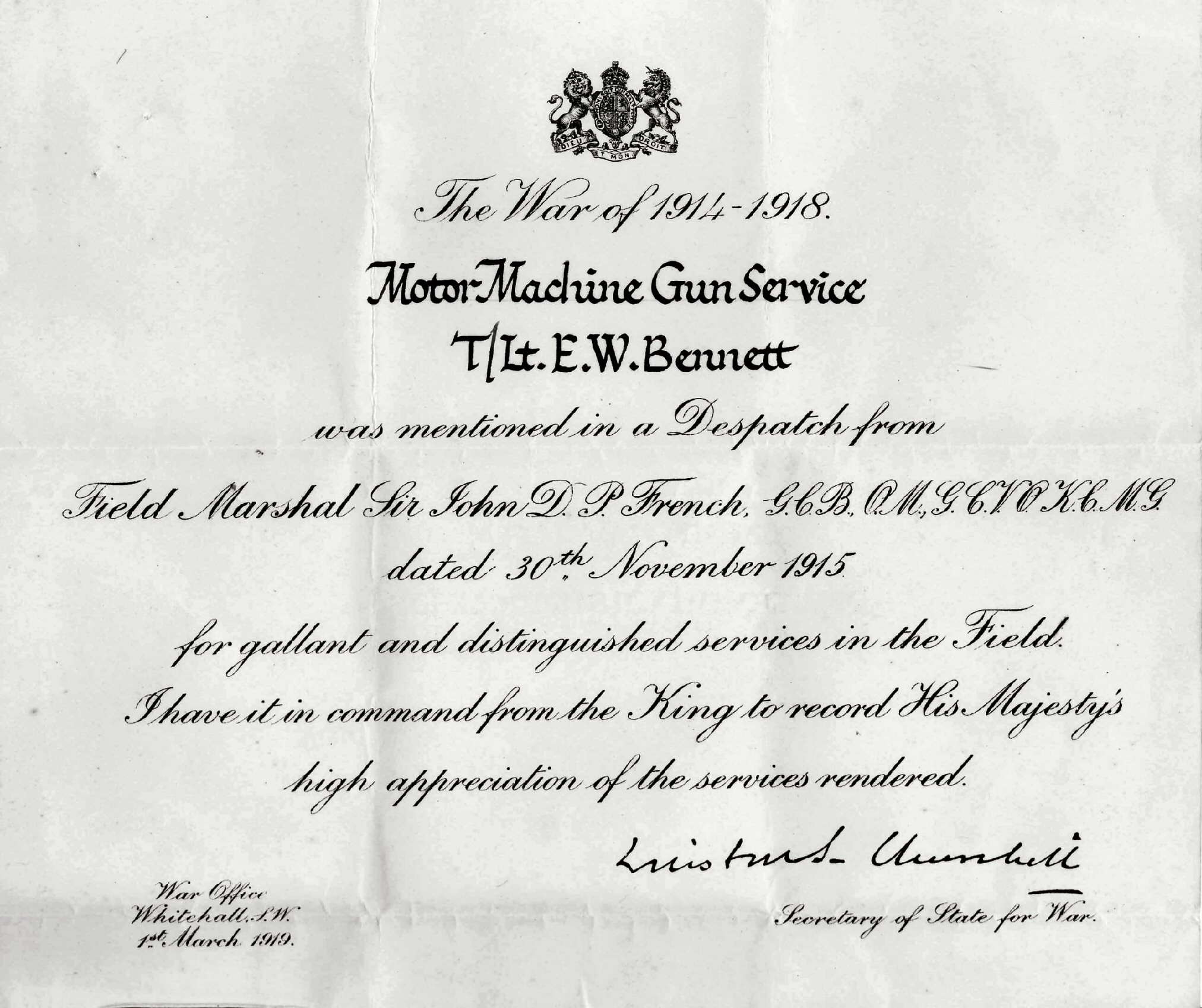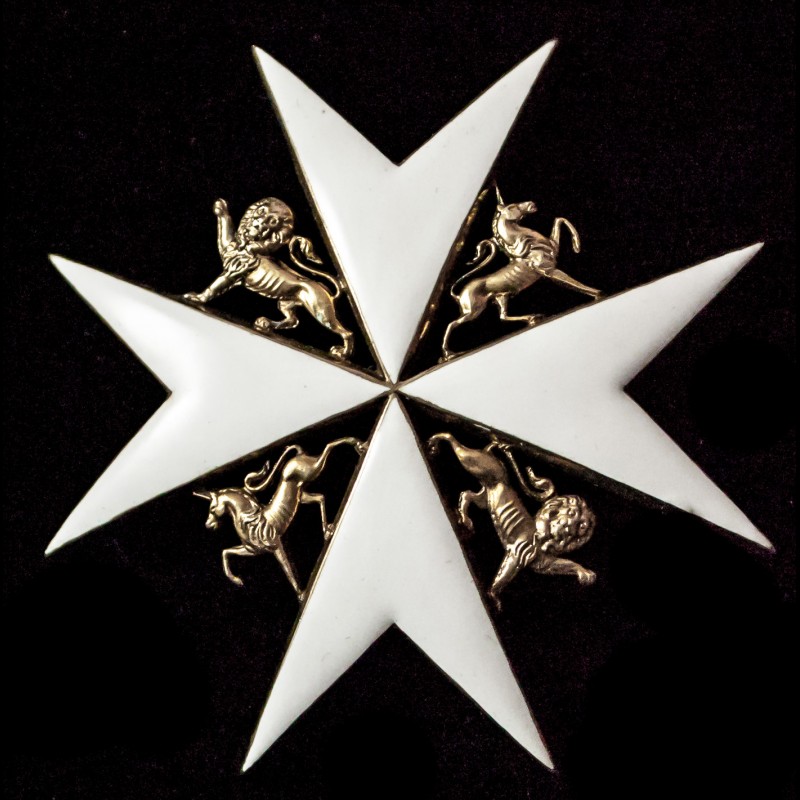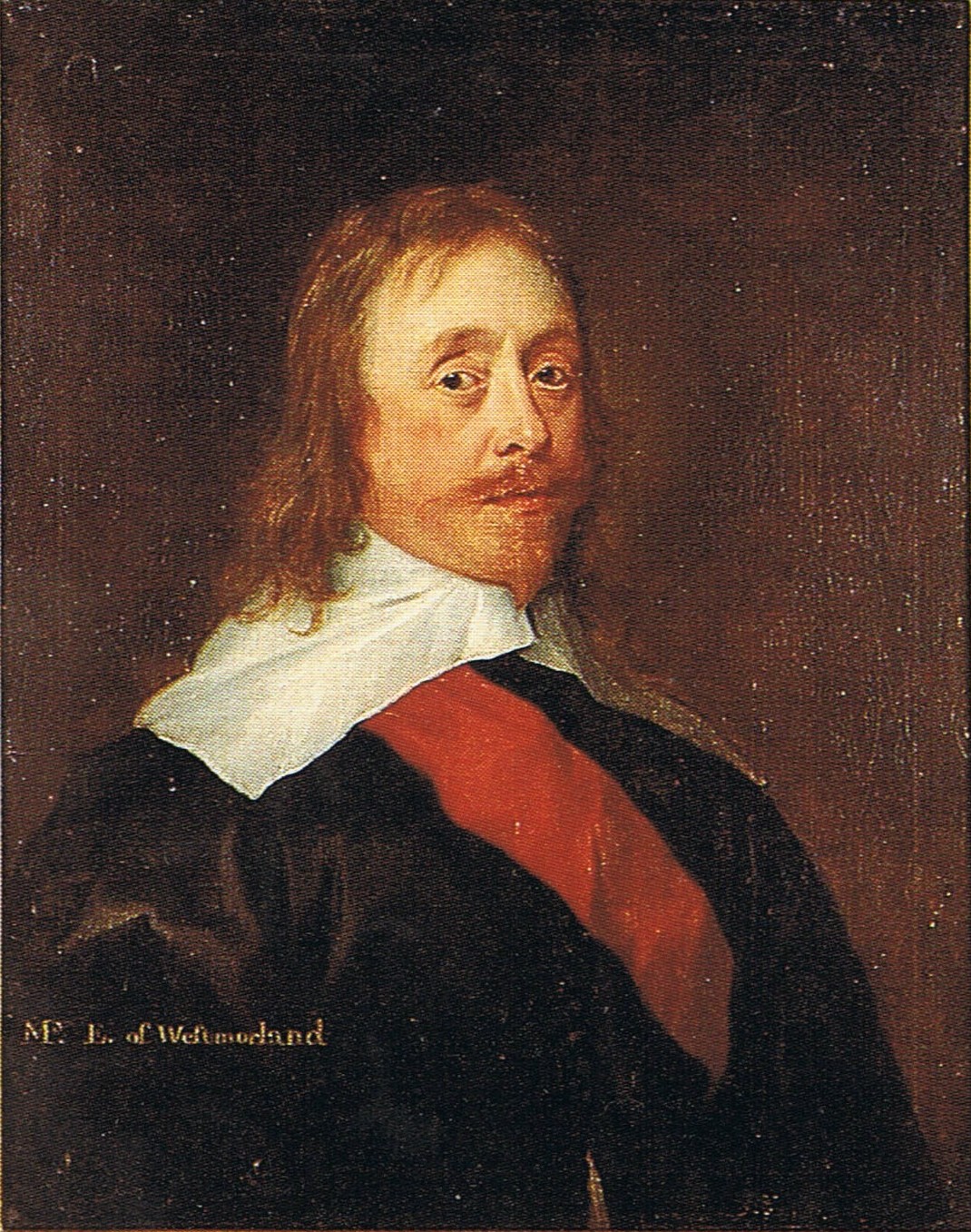|
Neville Howse
Major General Sir Neville Reginald Howse, (26 October 1863 – 19 September 1930) was an Australian Army officer, medical doctor, and politician. He was the first Australian recipient of the Victoria Cross (VC), the highest decoration for gallantry "in the face of the enemy" that can be awarded to members of the British and Commonwealth armed forces. Howse was born in Somerset, England, and followed his father into the medical profession. He emigrated to Australia in 1889 and eventually settled in Orange, New South Wales. During the Boer War, Howse served with the Australian medical corps. He was awarded the VC for his rescue of a wounded man at Vredefort in July 1900, while under heavy rifle fire. During the First World War, Howse served in New Guinea, Gallipoli, and on the Western Front. He oversaw the medical services of the Australian Imperial Force (AIF) and finished the war with the rank of major-general. He was elected to parliament in 1922, and ... [...More Info...] [...Related Items...] OR: [Wikipedia] [Google] [Baidu] |
Major General (Australia)
Major general (abbreviated MAJGEN) is a senior rank of the Australian Army, and was created as a direct equivalent of the British military rank of major general. It is the third-highest active rank of the Australian Army (the rank of field marshal not being held by any currently serving officer), and is considered to be equivalent to a two-star rank. A major general commands a division or the equivalent. Major general is a higher rank than brigadier, but lower than lieutenant general. Major general is the equivalent of rear admiral in the Royal Australian Navy and air vice marshal in the Royal Australian Air Force. The insignia for a major general is the star (or 'pip') of the Order of the Bath (despite membership of the Order no longer being awarded to Australians), above a crossed Mameluke sword and baton. See also * Australian Defence Force ranks and insignia * Australian Army officer rank insignia * List of Australian Army generals References and notes Notes Refe ... [...More Info...] [...Related Items...] OR: [Wikipedia] [Google] [Baidu] |
John Howse
John Brooke Howse (10 October 1913 – 11 July 2002) was an Australian politician. He was born in Orange, New South Wales, the son of Sir Neville Howse, a minister in the Nationalist government of Stanley Bruce. He attended Geelong Grammar School and the University of Sydney before becoming a company director. He underwent military service 1939–46; on his return, he was elected to the Australian House of Representatives for the Liberal Party, defeating Labor Labour or labor may refer to: * Childbirth, the delivery of a baby * Labour (human activity), or work ** Manual labour, physical work ** Wage labour, a socioeconomic relationship between a worker and an employer ** Organized labour and the labour ...'s John Breen for his father's old seat of Calare. He held the seat until he resigned on 28 September 1960, becoming a manager and company director. He died in 2002. References Liberal Party of Australia members of the Parliament of Australia Members of the ... [...More Info...] [...Related Items...] OR: [Wikipedia] [Google] [Baidu] |
List Of Australian Victoria Cross Recipients
The Victoria Cross (VC) is a military decoration awarded for valour "in the presence of the enemy" to members of the Australian Defence Force. It may be awarded to a person of any rank in any service, and to civilians under military command. Being the highest award in the Australian Honours Order of Wearing, the VC takes precedence over all other postnominals and Australian orders and decorations. The VC was instituted by Queen Victoria in 1856, initially to reward acts of valour during the Crimean War. Because of its rarity and inherent significance, the VC is highly prized, both as an award and as a collector's item, with one medal being sold for over A$1 million at auction. Australians have received the VC under the Imperial honours system and later under the Australian Honours System, when in 1991 a new but equivalent award was established by letters patent within the Commonwealth of Australia and its Territories, known as the Victoria Cross for Australia. The Victoria Cro ... [...More Info...] [...Related Items...] OR: [Wikipedia] [Google] [Baidu] |
Mentioned In Despatches
To be mentioned in dispatches (or despatches) describes a member of the armed forces whose name appears in an official report written by a superior officer and sent to the high command, in which their gallant or meritorious action in the face of the enemy is described. In some countries, a service member's name must be mentioned in dispatches as a condition for receiving certain decorations. Being mentioned in dispatches entitles a recipient to wear a small metallic device, but does not include an entitlement to post-nominals. United Kingdom, British Empire and Commonwealth of Nations United Kingdom Servicemen and women of the United Kingdom or the Commonwealth who are mentioned in despatches are not awarded a medal for their actions, but receive a certificate and wear an oak leaf device on the ribbon of the appropriate campaign medal. A smaller version of the oak leaf device is attached to the ribbon when worn alone. Prior to 2014, only one device could be worn on a ribb ... [...More Info...] [...Related Items...] OR: [Wikipedia] [Google] [Baidu] |
Venerable Order Of Saint John
The Most Venerable Order of the Hospital of Saint John of Jerusalem (), commonly known as the Order of St John, and also known as St John International, is an order of chivalry constituted in 1888 by royal charter from Queen Victoria and dedicated to St John the Baptist. The order traces its origins back to the Knights Hospitaller in the Middle Ages, the oldest surviving chivalric order which is generally considered to be founded in Jerusalem in 1099, which was later known as the Order of Malta. A faction of them emerged in France in the 1820s and moved to Britain in the early 1830s, where, after operating under a succession of grand priors and different names, it became associated with the founding in 1882 of the St John Ophthalmic Hospital near the old city of Jerusalem and the St John Ambulance Brigade in 1887. The order is found throughout the Commonwealth of Nations, Hong Kong, the Republic of Ireland, and the United States of America, with the worldwide mission "to ... [...More Info...] [...Related Items...] OR: [Wikipedia] [Google] [Baidu] |
Knight Commander Of The Order Of St Michael And St George
The Most Distinguished Order of Saint Michael and Saint George is a British order of chivalry founded on 28 April 1818 by George, Prince of Wales (the future King George IV), while he was acting as prince regent for his father, King George III. It is named in honour of two military saints, Michael (archangel), Michael and Saint George, George. The Order of St Michael and St George was originally awarded to those holding commands or high position in the Mediterranean Sea, Mediterranean territories acquired in the Napoleonic Wars, and it was subsequently extended to holders of similar office or position in other territories of the British Empire. It is at present awarded to men and women who hold high office or who render extraordinary or important non-military service to the United Kingdom in a foreign country, and it can also be conferred for important or loyal service in relation to foreign and Commonwealth of Nations, Commonwealth affairs. Description The three classes of ap ... [...More Info...] [...Related Items...] OR: [Wikipedia] [Google] [Baidu] |
Knight Commander Of The Order Of The Bath
The Most Honourable Order of the Bath is a British order of chivalry founded by King George I of Great Britain, George I on 18 May 1725. Recipients of the Order are usually senior British Armed Forces, military officers or senior Civil Service (United Kingdom), civil servants, and the monarch awards it on the advice of His Majesty's Government. The name derives from an elaborate medieval ceremony for preparing a candidate to receive his knighthood, of which ritual bathing (as a symbol of Ritual purification, purification) was an element. While not all knights went through such an elaborate ceremony, knights so created were known as "knights of the Bath". George I constituted the Knights of the Bath as a regular Order (honour), military order. He did not revive the order, which did not previously exist, in the sense of a body of knights governed by a set of statutes and whose numbers were replenished when vacancies occurred. The Order consists of the Sovereign of the United King ... [...More Info...] [...Related Items...] OR: [Wikipedia] [Google] [Baidu] |
Victoria Cross
The Victoria Cross (VC) is the highest and most prestigious decoration of the Orders, decorations, and medals of the United Kingdom, British decorations system. It is awarded for valour "in the presence of the enemy" to members of the British Armed Forces and may be awarded posthumously. It was previously awarded to service personnel in the broader British Empire (later Commonwealth of Nations), with most successor independent nations now having established their own honours systems and no longer recommending British honours. It may be awarded to a person of any military rank in any service and to civilians under military command. No civilian has received the award since 1879. Since the first awards were presented by Queen Victoria in 1857, two thirds of all awards have been personally presented by the Monarchy of the United Kingdom, British monarch. The investitures are usually held at Buckingham Palace. The VC was introduced on 29 January 1856 by Queen Victoria to honour acts ... [...More Info...] [...Related Items...] OR: [Wikipedia] [Google] [Baidu] |
Western Front (World War I)
The Western Front was one of the main Theatre (warfare), theatres of war during World War I. Following the outbreak of war in August 1914, the Imperial German Army, German Army opened the Western Front by German invasion of Belgium (1914), invading Luxembourg and Belgium, then gaining military control of important industrial regions in Third Republic of France, France. The German advance was halted with the First Battle of the Marne, Battle of the Marne. Following the Race to the Sea, both sides dug in along a meandering line of fortified trench warfare, trenches, stretching from the North Sea to the Swiss frontier with France, the position of which changed little except during early 1917 and again in 1918. Between 1915 and 1917 there were several offensives along this Front (military), front. The attacks employed massive artillery bombardments and massed infantry advances. Entrenchments, machine gun emplacements, barbed wire, and artillery repeatedly inflicted severe casualties ... [...More Info...] [...Related Items...] OR: [Wikipedia] [Google] [Baidu] |
Asian And Pacific Theatre Of World War I
During World War I, conflict on the Asian continent and the Pacific islands, islands of the Pacific included naval battles, the Allies of World War I, Allied conquest of German colonial empire, German colonial possessions in the Pacific Ocean and Beiyang government, China, the anti-Russian Central Asian revolt of 1916 in Russian Turkestan and the Ottoman-supported Kelantan rebellion in British Malaya. The most significant military action was the careful and well-executed Siege of Qingdao in China, but smaller actions were also fought at Battle of Bita Paka, Bita Paka and Siege of Toma, Toma in German New Guinea. All other German Empire, German and Austro-Hungarian possessions in Asia and the Pacific fell without bloodshed. Naval warfare was common; all of the colonial powers had naval squadrons stationed in the Indian Ocean, Indian or Pacific oceans. These fleets operated by supporting the invasions of German-held territories and by destroying the East Asia Squadron of the Impe ... [...More Info...] [...Related Items...] OR: [Wikipedia] [Google] [Baidu] |
First World War
World War I or the First World War (28 July 1914 – 11 November 1918), also known as the Great War, was a World war, global conflict between two coalitions: the Allies of World War I, Allies (or Entente) and the Central Powers. Fighting took place mainly in European theatre of World War I, Europe and the Middle Eastern theatre of World War I, Middle East, as well as in parts of African theatre of World War I, Africa and the Asian and Pacific theatre of World War I, Asia-Pacific, and in Europe was characterised by trench warfare; the widespread use of Artillery of World War I, artillery, machine guns, and Chemical weapons in World War I, chemical weapons (gas); and the introductions of Tanks in World War I, tanks and Aviation in World War I, aircraft. World War I was one of the List of wars by death toll, deadliest conflicts in history, resulting in an estimated World War I casualties, 10 million military dead and more than 20 million wounded, plus some 10 million civilian de ... [...More Info...] [...Related Items...] OR: [Wikipedia] [Google] [Baidu] |



